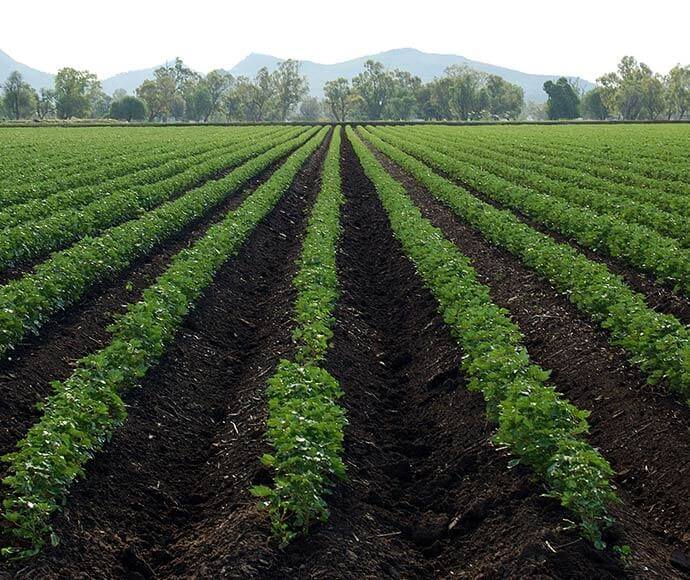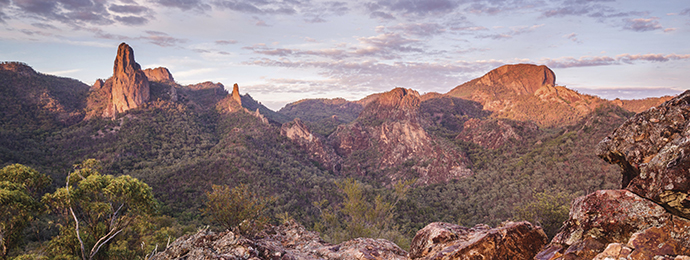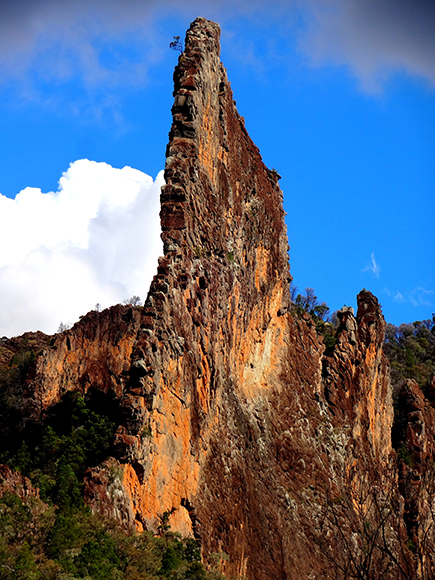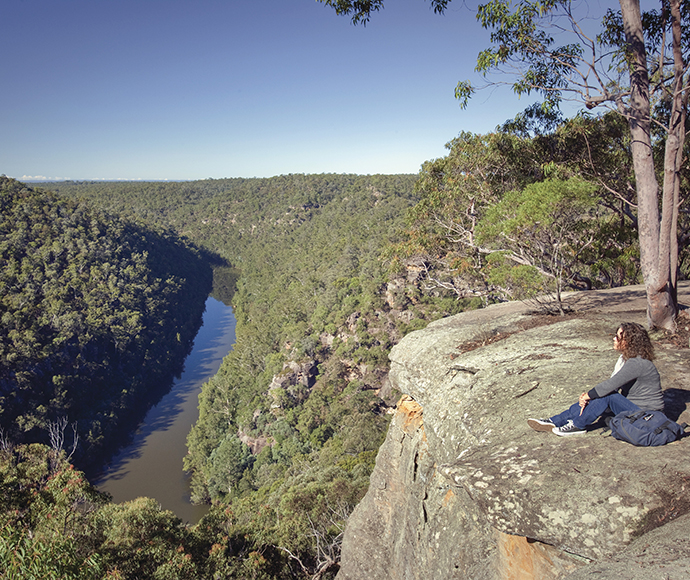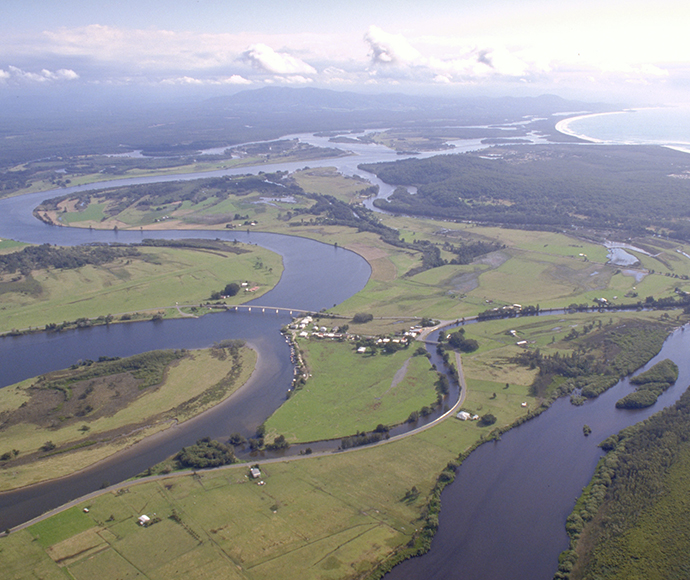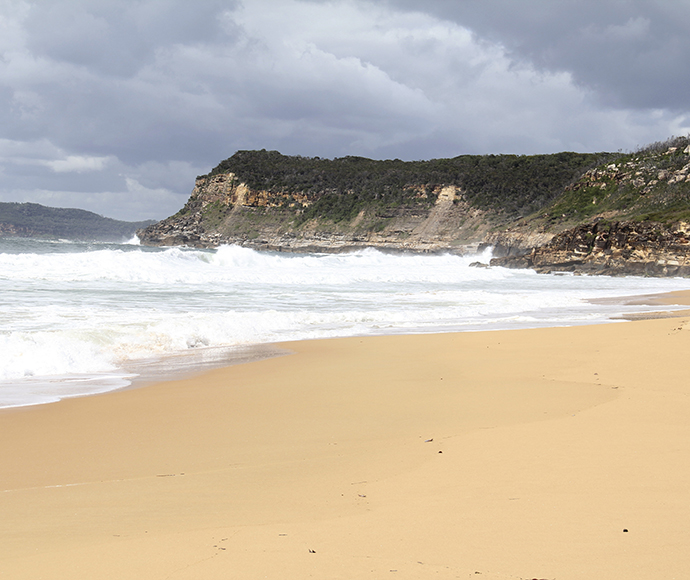What is geodiversity?
'Geodiversity' is the variety of rocks, minerals, soils and landforms, along with the processes that have shaped these features over millions of years. Mountains, caves, beaches, rivers, oceans, even the weather, are all elements of geodiversity.
Geodiversity provides the foundation for life: ecosystems, and the life forms within them, depend on bedrock, soils, landforms and other geological features and processes for their survival. It is also important in understanding the way in which many of the Earth's systems and processes work.
Geological features provide us with places to live, resources for industry, soils from which we grow food, water for consumption, opportunities for healing and places for recreation, worship, learning and inspiration.
Protecting and conserving our geodiversity
Often described as relics or fossils, geological features (our geodiversity) provide important evidence of past life and natural processes caused by air, water and living things. But human activities can have an impact on:
- water quality
- the properties and movement of water (hydrology)
- the processes that form and develop soils
- local wind patterns.
This often causes damage to or loss of these geological features.
The protection and conservation of geodiversity is a priority for the NSW Department of Climate Change, Energy, the Environment and Water with the majority of the state's significant and iconic geological features protected in parks and reserves.
The department is committed to working with government departments, landholders, other organisations and the community to conserve and protect geodiversity.
Karst and caves
An important element of NSW geodiversity is karst landforms. 'Karst' is a type of landscape formed by water dissolving carbonate rock, such as limestone, to make features like gorges and caves.
Across New South Wales, there are more than 400 separate limestone deposits displaying features we expect to see in karst environments. Of these, about 100 contain caves large enough for a person.
Discover more about karst and cave environments and how we are protecting them.
